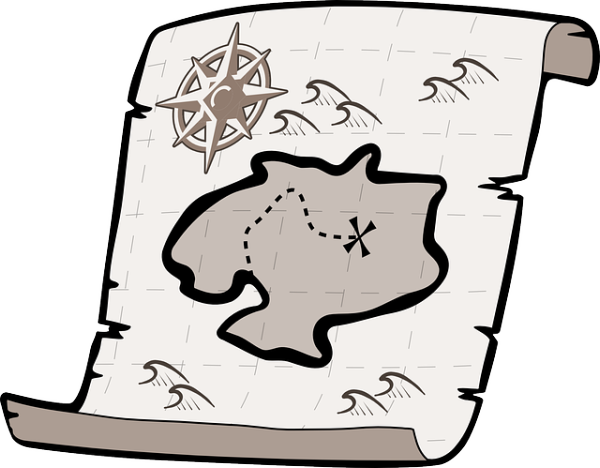Many first time founders set their company goals based on what they can do. They focus on product improvements they can make, how many customers/users they can acquire, and which employees they can hire. All of this thinking is extrapolating from where they are right now to where they think they can get to in the foreseeable future. This kind of thinking makes you feel like you are in control.
Unfortunately, it is an illusion.
The reality is that where you can go is completely meaningless. What really matters is where you need to be. If you want to raise funding, become profitable, etc., there are clear goals you have to reach. It is rare that you can reach them just by slowly moving forward.
What you need to do is think backwards.
Instead of thinking about what you can do, start with where you need to be. In 12 to 18 months:
- How many customers/users do you need to have?
- What does your growth rate need to be?
- Who do you need to have on your team?
Once you have those goals, work backwards to set your quarterly, monthly, and weekly goals. Make decisions that will increase the likelihood you can get to those goals. Those goals should be your lighthouse in the fog of war. If something does not get you closer to those goals, even if you can do it easily, skip it.
For example, I spoke with one founder of a social mobile application which was doing pretty well as a side project. His plan for growth was a series of blog posts and content marketing strategies because that is what he knew well and could get done in a few weeks. However, those blogs only reached a few hundred people. When he learned he needed to get to hundreds of thousands of users (instead of just hundreds of users) to make his business viable, this strategy seemed silly. Yes, he could write the blog posts, but even if it went well it would never get him to where he needed to be. Instead, it was better to focus his efforts on channels that had the potential to get him there.
If you have read about the “Series A Crunch“, this is one of the major factors. Raising a seed round is a great milestone, but if you do not work backwards from what you need to be able to raise your Series A, you can burn through all of that seed money and not be in a position to raise any more.
Think about where you need to be, and work backwards to figure out what you need to do. You will be much happier knowing that you are pursuing a worthwhile goal.
Image credit: CC by Sean Byrnes




